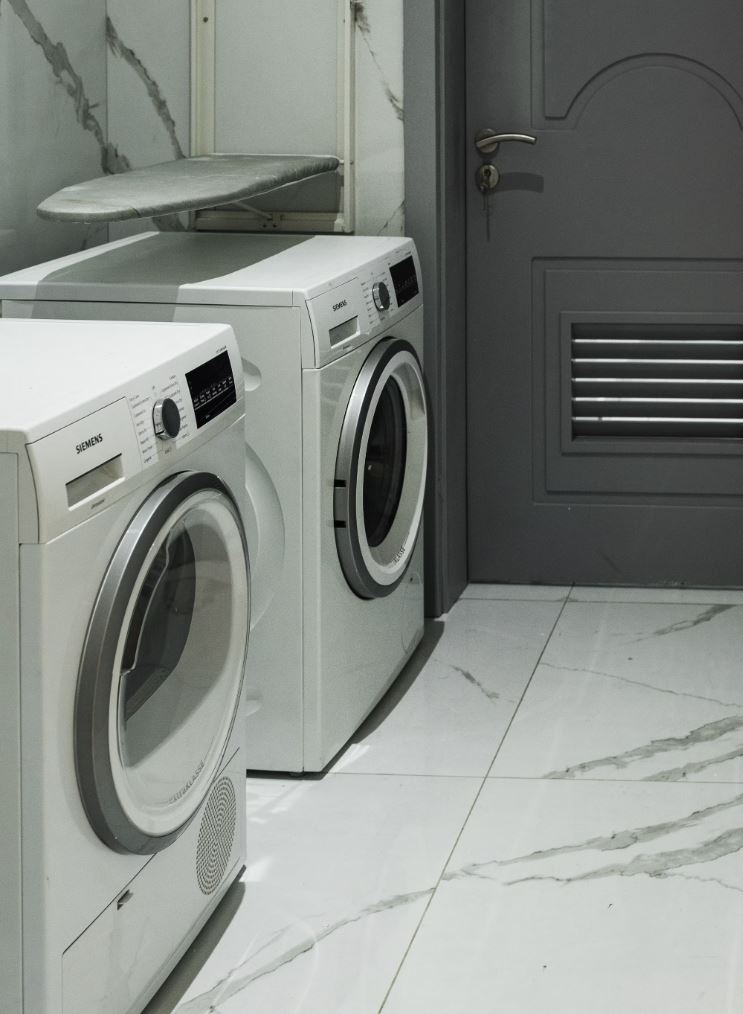Creating a DIY backyard fire pit can be a rewarding project that provides a cozy place for outdoor gatherings. Here’s a step-by-step guide on how to build a simple fire pit in your backyard:
Materials Needed:
- Firebricks or heat-resistant bricks: These are essential for the inner circle as they are designed to withstand high temperatures without cracking.
- Regular bricks, pavers, or stones: These materials are for aesthetic purposes and will make up the outer wall of your pit. Choose materials that complement your outdoor space.
- Gravel: This is for the base layer beneath your pit, ensuring good drainage and reducing the risk of the ground beneath your pit overheating.
- Sand: Used to level out the base and to fill in between the firebricks, creating a heat-resistant barrier.
- Metal fire pit ring: While optional, this adds an extra layer of protection for your firebricks and can extend the life of your fire pit.
- Landscaping adhesive: For upper layers of brick or stone, to ensure stability of the structure. Ensure that it’s suitable for high temperatures.
- Tools: You’ll need a shovel for digging, a tamper for compacting the gravel, a level to ensure evenness, a mallet for adjusting the position of bricks, and a caulking gun if you’re using adhesive.
Safety Considerations:
- Location: Ensure your chosen location is at least 10 feet away from fences, buildings, trees, or other flammable structures. The area should be open to prevent smoke accumulation and fire hazards.
- Local Regulations: Many localities have specific codes that dictate the construction and use of fire pits. These can include specific distances from structures, allowable sizes, and whether or not a permit is needed. Always check with local authorities before building.
Instructions:
- Design and Preparations:
- Think carefully about how large you want your fire pit to be. It needs to be sizable enough to handle logs but not so large that it feels out of place in your garden or yard.
- Create a Solid Base:
- Digging down helps to anchor the fire pit and protect the ground from the heat. The layer of gravel also aids in proper drainage and reduces the likelihood of the fire spreading underground.
- Lay the First Layer of Bricks:
- The precision of the first layer is crucial as it sets the template for the subsequent layers. Take your time to ensure that everything is level and well-aligned.
- The gap between the inner firebricks and outer wall bricks is important for air flow, which will help maintain a good fire.
- Install the Fire Pit Ring:
- If you opt for a metal ring, it should snugly fit within the inner circle of bricks. This ring acts as a barrier and helps focus the heat, protecting the bricks from direct flame.
- Add Additional Layers:
- Staggering the bricks (like in bricklaying) adds to the overall stability. Think of it as overlapping seams in clothing or other fabric—it’s the same principle.
- If using adhesive, be sure to apply it in a well-ventilated area and be aware that it needs time to cure before exposure to high heat.
- Fill Gaps and Create a Fire Bed:
- Sand within the pit isn’t just for leveling purposes—it also spreads the heat around more evenly, reducing the chance of overheating any one area of your fire pit.
- Final Touches:
- The border around your pit not only looks good but also creates a buffer zone, minimizing the risk of sparks or embers igniting nearby grass or debris.
- Safety and Maintenance:
- It’s good practice to wet down the area around the pit before lighting a fire, particularly in dry conditions. Also, never leave the fire unattended, and ensure that it’s completely out before leaving it for the night.
Maintenance:
Regular maintenance includes removing ashes after each use to prevent accumulation, which could affect airflow and make starting a fire more difficult next time. Over time, check for any wear and tear, especially if you live in a region with harsh winters, as freeze-thaw cycles can damage the structure.
By following these detailed steps and maintenance tips, you can enjoy a safe and inviting fire pit in the comfort of your backyard.

